330 Views
Green Thumb: Six Steps to Starting Your Your Own Garden

by
Kara Masterson
(IC: homeowner)
Gardening has been a popular leisure pursuit for years. This hobby can beautify your yard, exercise your body, and save you money at the same time. Are you thinking about starting a garden this year, but don’t know where to begin? Here are six steps to get you started.
Remove your grass
Test the soil
Add soil amendments
Get planting
Mulch
Water
Enjoyed the project?
Published May 21st, 2014 12:52 PM



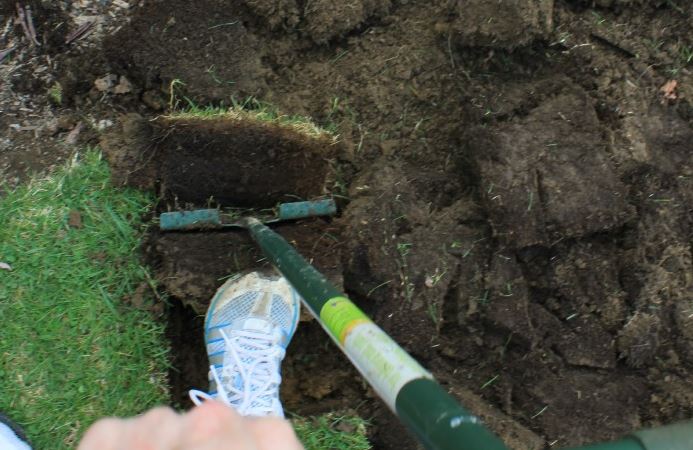

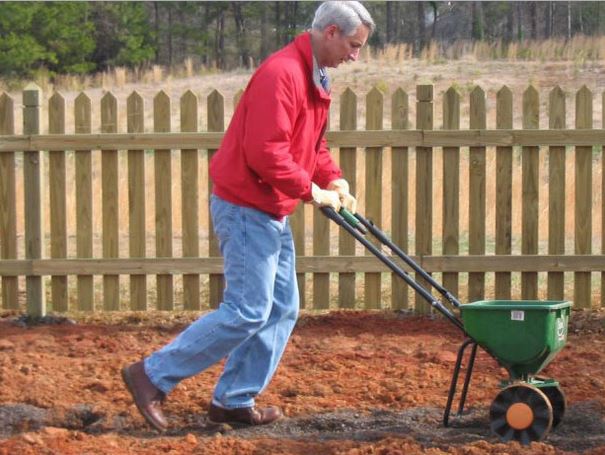
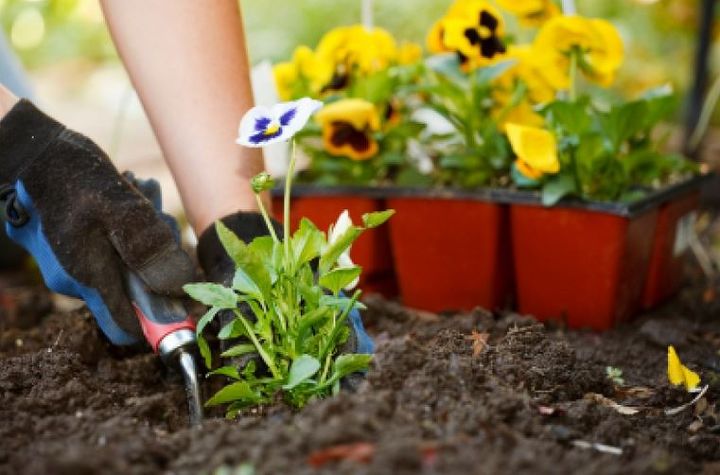


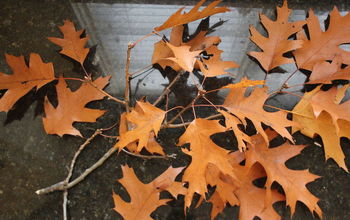




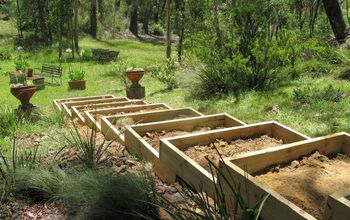

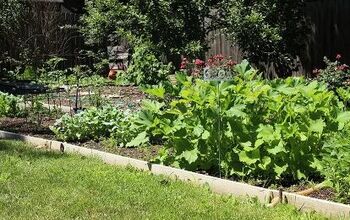
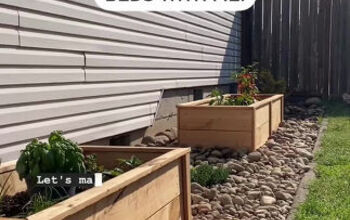





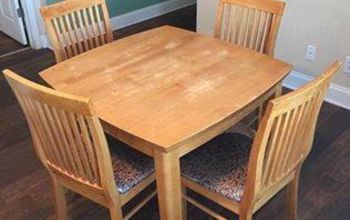








Frequently asked questions
Have a question about this project?